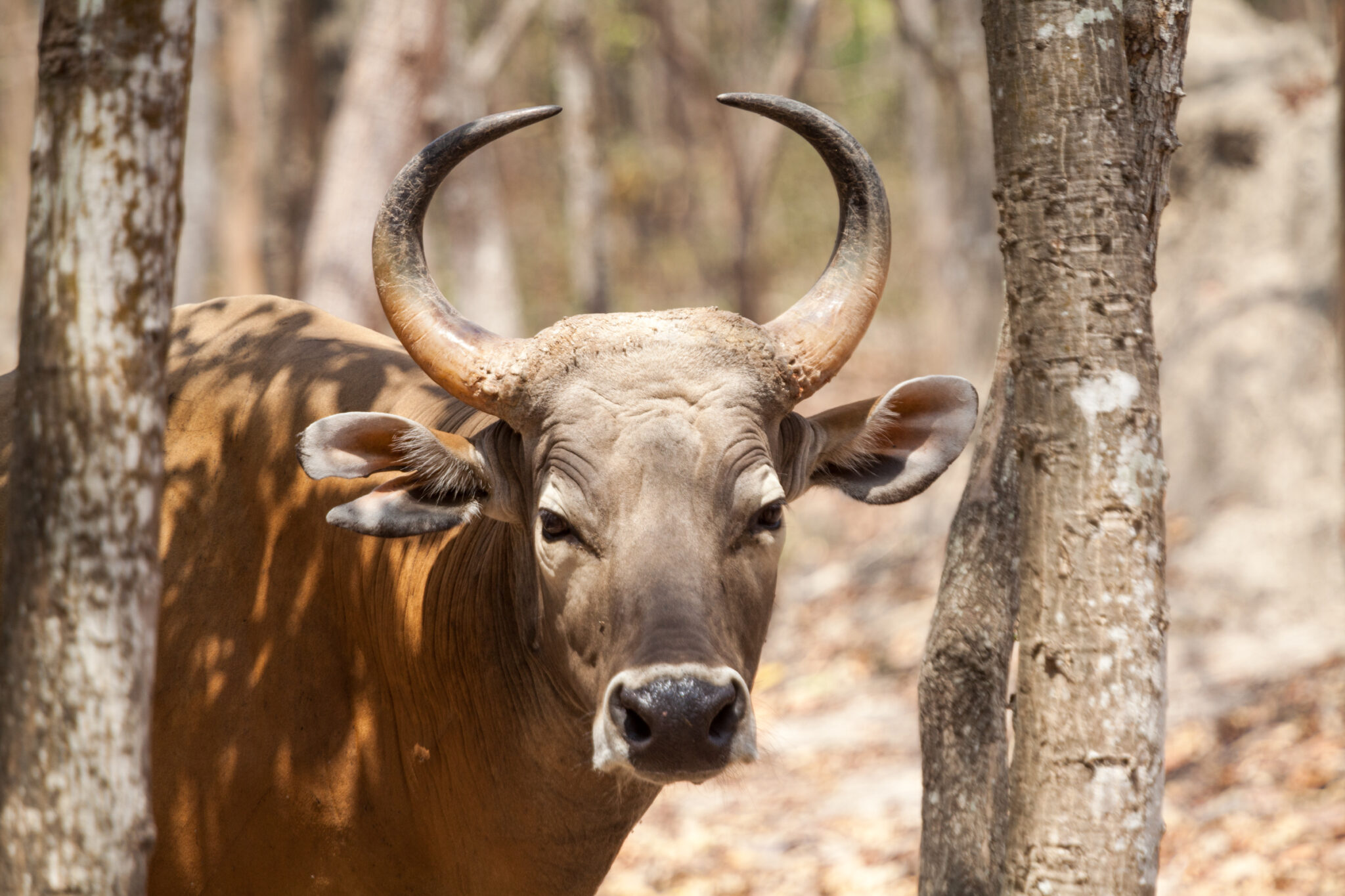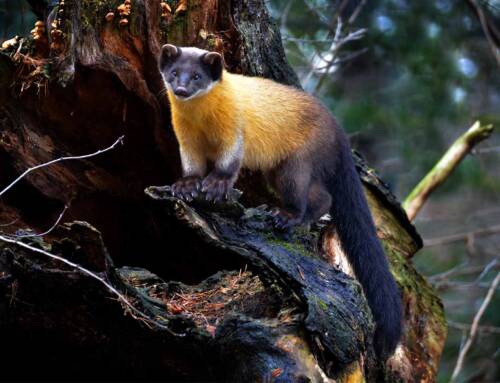The banteng (Bos javanicus), an elusive and endangered species of wild cattle, roams the forests of Southeast Asia, including Cambodia’s Cardamom Mountains. These striking animals, distinguished by their sleek, reddish-brown coats and white markings, play a vital role in maintaining healthy ecosystems. However, due to habitat destruction and poaching for wild meat, banteng populations have dramatically declined, making conservation efforts crucial for their survival.
The Importance of Banteng in the Ecosystem
Banteng are amazing animals that play a crucial role in their environment! By grazing on plants, they help keep the ecosystem vibrant and diverse. Their presence is important for other wildlife, including large predators like leopards and dholes, as they keep the food chain balanced. Plus, living in forests allows banteng to help spread seeds, which is essential for reforestation and restoring ecosystems. They truly make a difference in their habitat!
Threats Facing Banteng
Despite their ecological importance, banteng face severe threats, primarily due to:
- Deforestation: Expanding agriculture, illegal logging, and land encroachment have drastically reduced their natural habitat.
- Poaching and Illegal Wildlife Trade: Banteng are targeted for their meat, hides, and horns, making them a prime target for hunters.
- Human-Wildlife Conflict: As human settlements expand, banteng often come into conflict with farmers, leading to retaliatory killings.
Protecting Banteng: Wildlife Alliance’s Forest Protection Program
To combat these threats, Wildlife Alliance is actively working to protect Cambodia’s banteng population through its Forest Protection Program (Forest Protection). The program focuses on:
- Patrolling and Law Enforcement: Dedicated ranger teams conduct daily patrols in the Cardamom Mountains to prevent illegal logging, poaching, and land encroachment.
- Habitat Conservation: By safeguarding vast tracts of forest, Wildlife Alliance ensures that banteng and other endangered species have a secure home.
- Community Engagement: Local communities are involved in conservation efforts, promoting sustainable livelihoods that reduce dependence on forest exploitation.
Witness Conservation in Action
Visitors passionate about wildlife conservation can experience the incredible work being done at Chi Phat Community-Based Ecotourism (Chi Phat). Nestled in the heart of the Cardamom Mountains, Chi Phat offers eco-friendly trekking and wildlife spotting opportunities, where travelers might catch a glimpse of banteng in their natural habitat. Supporting these responsible tourism initiatives helps fund conservation and community development.
How You Can Help
Banteng conservation requires collective action. You can contribute by:
- Supporting Wildlife Alliance’s Forest Protection Program to ensure long-term habitat conservation.
- Raising Awareness about the importance of preserving endangered species like the banteng.
Wildlife Alliance is at the forefront of protecting Cambodia’s rich biodiversity. By joining the fight, you help secure a future for banteng and countless other species.





